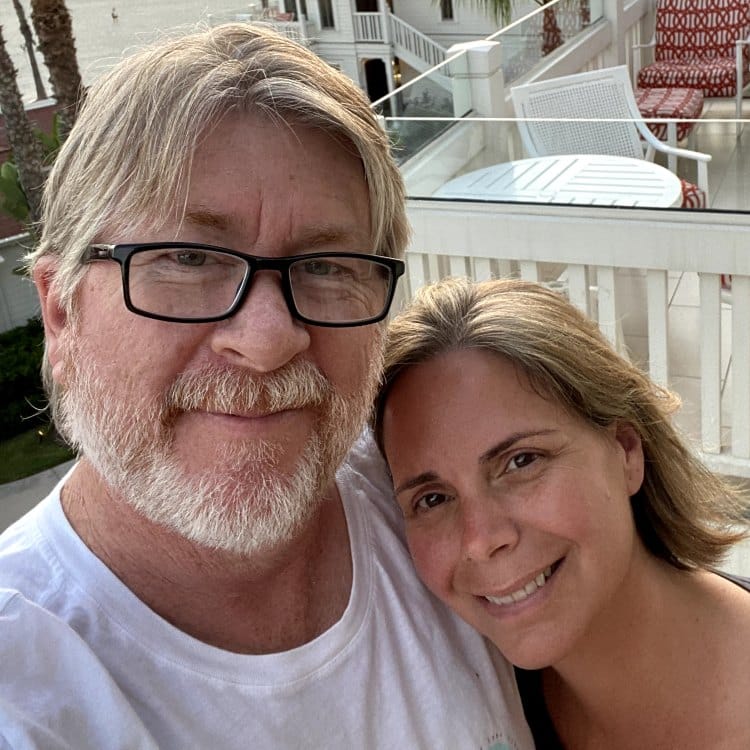Yoga for Recovery
Call Now
Healthy Life Recovery in San Diego, California, offers yoga as a holistic treatment method for addiction recovery and dual diagnosis recovery. Yoga is utilized in conjunction with evidence-based therapies to help individuals find recovery.
What is Yoga for Recovery?
Being a combined practice for mental, emotional, and physical well-being, it’s shocking how helpful yoga is for addiction recovery. Yoga has been proven to help people suffering from major psychiatric conditions, including:
Trauma


Addiction
Addiction

Chronic Pain

As it relates to continually greater health, this multifaceted view of the self requires much of the participant, but the whole of it is accomplished right there on the mat. These experiences are more easily taken with us off the mat as one’s practice gradually translates to greater ease in everyday life.
Does Yoga Therapy Help?
A neuroscience journal analysis of yoga for addiction concluded that a core challenge is that a broad domain of symptoms is involved. After researching over 300 research articles, it advised a similarly wide variety of interventions to target each domain, such as yoga. The study also cautioned that certainty over long-term efficacy requires rigorous study of its effects.
Naturally, the best way to determine yoga’s effectiveness for the individual is to study its impact on the mat. Reading and research won’t do it alone; only one’s experience during yoga classes and practice will.
What Are the Benefits of Yoga Therapy?
Deep Satisfaction and Calm
Yet the body craves rest. Often, what’s in the way to receiving that rest is an urge to chase away discomfort with unsustainable habits or substances. Ironically, these same urges belie the body’s equally powerful capacity to regulate itself.
Activating the Body’s Own Natural “Drugs”
These may include drugs such as:
Pain Relievers

Morphine


Morphine
Heroin

More vigorous forms of yoga, such as Ashtanga, can also increase natural dopamine levels as a runner feels after a race. These motivation-and-reward pathways in the brain are often badly damaged after severe addiction or trauma. Yet exercise and breathing practices can restore them back to a robust state.
Yoga for recovery is an incredible way of activating the body’s own inner pharmacy, albeit naturally and sustainably. While many addicts went searching for — and found — deep states of euphoria or pleasure outside themselves, the way back is also pleasurable. By maintaining your path back to health and happiness with yoga, it may become every bit as alluring as drugs once were.
What Are the Benefits of Yoga Therapy?
Whatever theory is right, as explained by Social Work Today, yoga is an excellent “adjunct therapy” to extrinsic sources of self-regulation, which other forms of therapy can easily become. By contrast, yoga is innately intrinsic. It gently, yet vitally, brings one to “attend to direct experiences to be free from suffering caused by vrittis of the mind.”
The Sanskrit vritti can be translated to “whirlpool.” In ancient practice, the earliest yogic shamans passionately and bravely explored these “mental cycles.” They used the body like a vehicle for developing states of mind more commonly known only extrinsically through psychoactive substances.
These original yogis and yogini discovered how to access such movingly powerful states of being through an intrinsic bodily capacity, which they considered to be deeply restorative. They compared these intensely healing phenomena to a mysterious eternal well-spring found within every human being. Yoga therapy presents the theory that losing our natural connection to this wellspring is at the root of addiction.
Converging Realities
In the most down-to-earth way, yoga’s keystone benefit is in gradually replacing cravings with a deepening commitment to one’s physical and psychological well-being. Even when it’s challenging, former cravings lessen as the body, mind, and soul feel nourished in ways that become even more satisfying than the drug experiences of yesterday.
Of course, there is only one way to find out — and that way is through motion and presence.

Does Pilates Have a Healthy Effect on Recovery?
As clients build habits that produce similar euphoric states once known only through addiction, their desire to use lessens. Because recovery is a process, we’ve built yoga and exercise into our methods of “riding the wave” of temptation, known as “urge surfing.” To ride these powerful internal dynamics, we make physical exercise — and especially mindful activity, like yoga — a core part of Healthy Life Recovery’s culture.
Yoga Therapy in San Diego, California
While modern research on yoga is impressive, what’s most inspiring is how yoga has endured for thousands of years. Having reached us here and now, what matters most is how yoga can adapt to the specific needs of the individual yogi. Its benefits cannot be read about or conceptualized — it is something the body itself must feel and express.
In concert with standard and other alternative healing methods, our clients have achieved fantastic success using yoga for recovery. As part of an overall recovery coaching protocol, we encourage those curious about how useful yoga is for recovery to try it out for themselves! After even the toughest journey through addiction, recovery through yoga is well within reach.

Medically Reviewed By:
Dr. Sanjai Thankachen
Dr. Sanjai Thankachen graduated from Adichunchanagiri Institute of Medicine in 2000. He completed his residency in psychiatry in 2008 at Creedmoor Psychiatric Center in New York. Dr. Thankachen is currently working with Pacific Neuropsychiatric Specialists in an outpatient practice, as well as working at multiple in-patient psychiatric and medical units bringing his patients the most advanced healthcare treatment in psychiatry. Dr. Thankachen sees patients with an array of disorders, including depression, bipolar illness, schizophrenia, anxiety, and dementia-related problems.

Edited for Clinical Accuracy By:
Sean Leonard, Psychiatric Nurse Practitioner
Sean Leonard is a board-certified psychiatric nurse practitioner. He received his master’s degree in adult geriatric primary care nurse practitioner from Walden University and a second postmaster specialty in psychiatry mental health nurse practitioner from Rocky Mountain University. Sean has experience working in various diverse settings, including an outpatient clinic, inpatient detox and rehab, psychiatric emergency, and dual diagnosis programs. His specialty areas include substance abuse, depression, anxiety, mood disorders, PTSD, ADHD, and OCD.
